3 Uranium ETFs That Pack a Nuclear Punch
Uranium prices have moderated but remain supported by the AI revolution and other long-term trends. Uranium ETFs can capture upside from rising power demand.
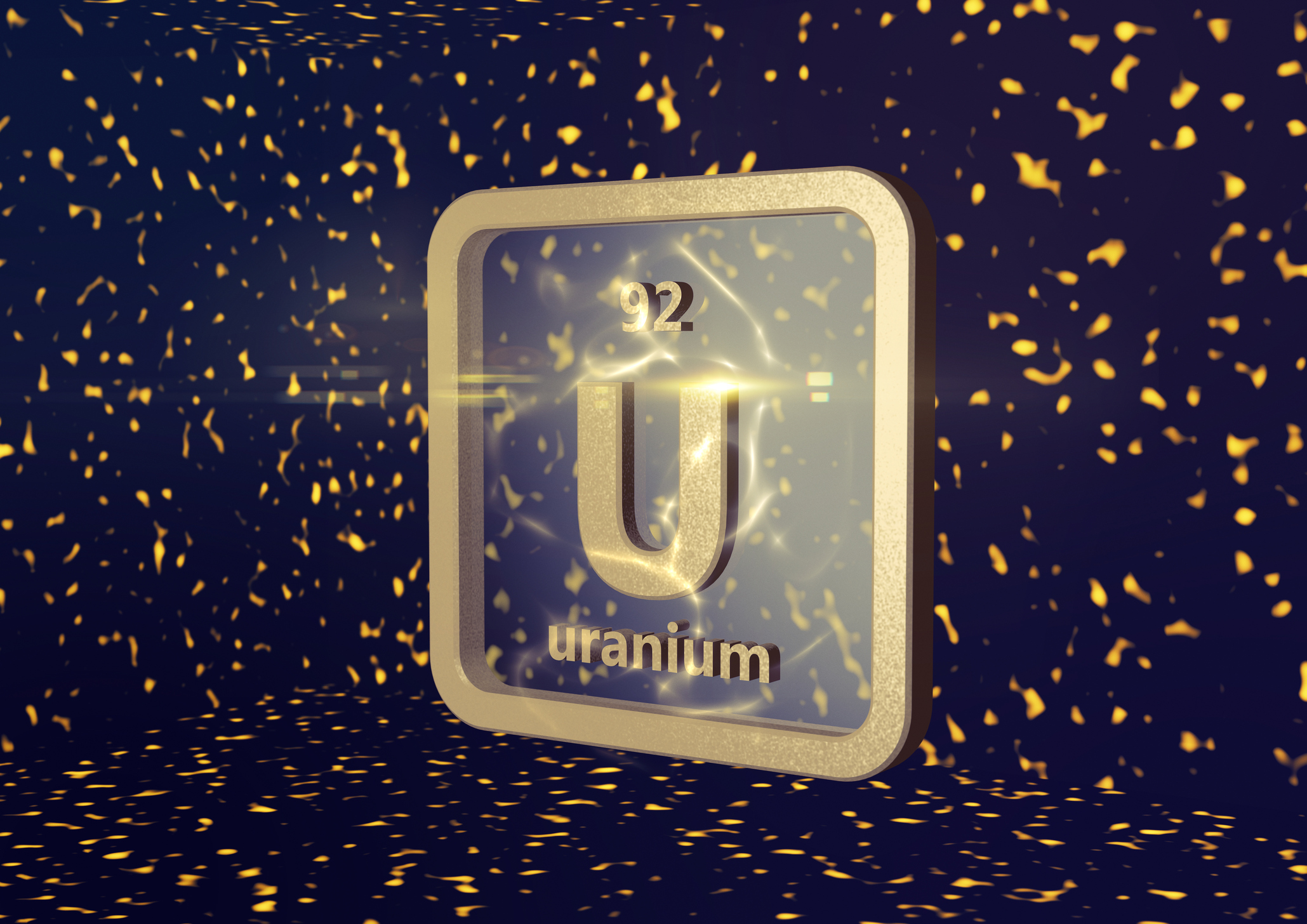
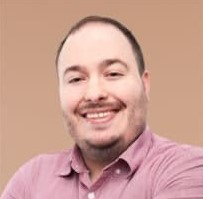
Nuclear energy has returned to favor, a trend reflected in the prices of uranium ETFs.
This too is an artificial intelligence story.
The AI revolution as well as a confluence of other real-world developments is driving rapid growth in electricity demand, with many folks seeking out greener power sources to replace the likes of oil and coal.
And the past couple of years have been a clear reminder for several countries that they'd be best served becoming energy-independent from Russia.
These are among numerous long-term drivers. But they're not the whole story behind price action for uranium.
Much of uranium's buoyancy can be chalked up to rising demand, yes, but also constrained supply.
Years of low prices forced many smaller uranium miners to shut down or throttle down production, and larger miners have spent precious little in capital expenditures to improve their operations.
That process has reversed, with supplies rising as uranium prices surged. And uranium futures reached 18-month lows amid generally sufficient supply.
Nonetheless, the horizon continues to brighten for nuclear energy, and in turn, the small collection of publicly traded uranium stocks … the uranium ETFs that hold them.
It's a good time to explore three uranium ETFs.
It's a small field – these are three of the most pure-play funds in the space. And they still collectively represent just over $5 billion in assets.
But the best ETFs in the uranium space can provide a few different types of exposure to this rocketing commodity.
Data is as of March 25. Yields represent the trailing 12-month yield, which is a standard measure for equity funds.
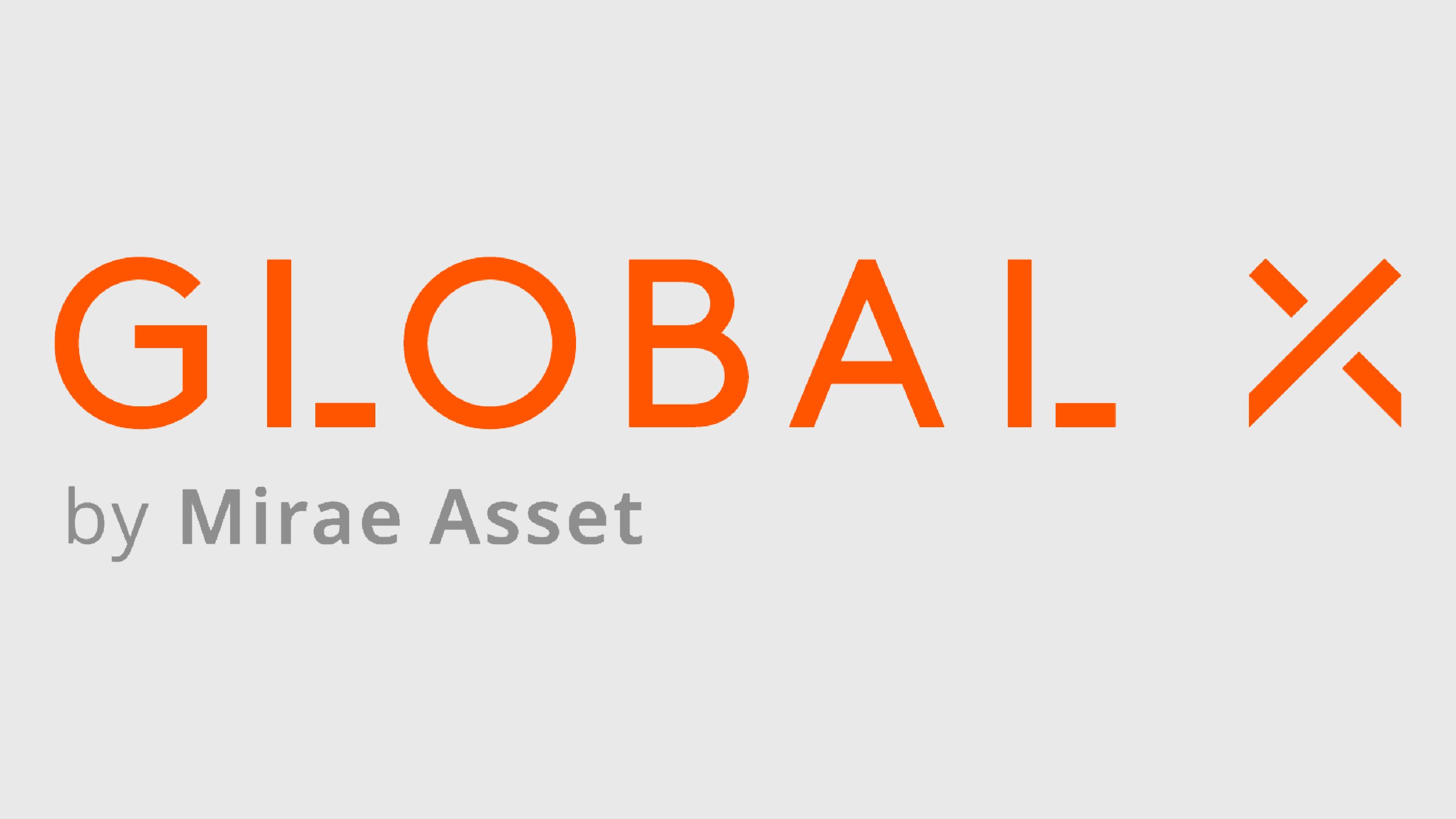
Global X Uranium ETF
- Assets under management: $2.9 billion
- Dividend yield: 5.5%
- Expenses: 0.69%, or $69 annually for every $10,000 invested
The Global X Uranium ETF (URA, $24.87) is the largest uranium-focused ETF on the market, with $2.9 billion in assets under management.
Those assets have soared in recent years, mind you – URA claimed just over $100 million in AUM during the COVID lows before gobbling up assets in more recent years.
URA provides comprehensive exposure to the niche uranium industry. Its portfolio of 49 stocks includes miners, refiners and manufacturers of equipment for both uranium companies and nuclear-facility firms.
Concentration risk is often a factor in smaller industry and thematic funds, and that's absolutely the case for URA.
For one, producer Cameco (CCJ) makes up 22% of the uranium ETF's assets.
And the top 10 holdings – which include Canada's NexGen Energy (NXE) and Kazakhstan's Kazatomprom, the world's largest uranium producer – make up almost two-thirds of URA's weight.
Indeed, Global X Uranium ETF's holdings are almost entirely made up of international stocks.
Canada accounts for 43% of net assets, followed by the U.S. (18%), South Korea (12%) and Australia (11%).
URA focuses on uranium miners. But it does have exposure to physical uranium via an 8.3% weight in the Sprott Physical Uranium Trust – a Toronto Stock Exchange-listed ETF that currently holds 66.2 million pounds of uranium.
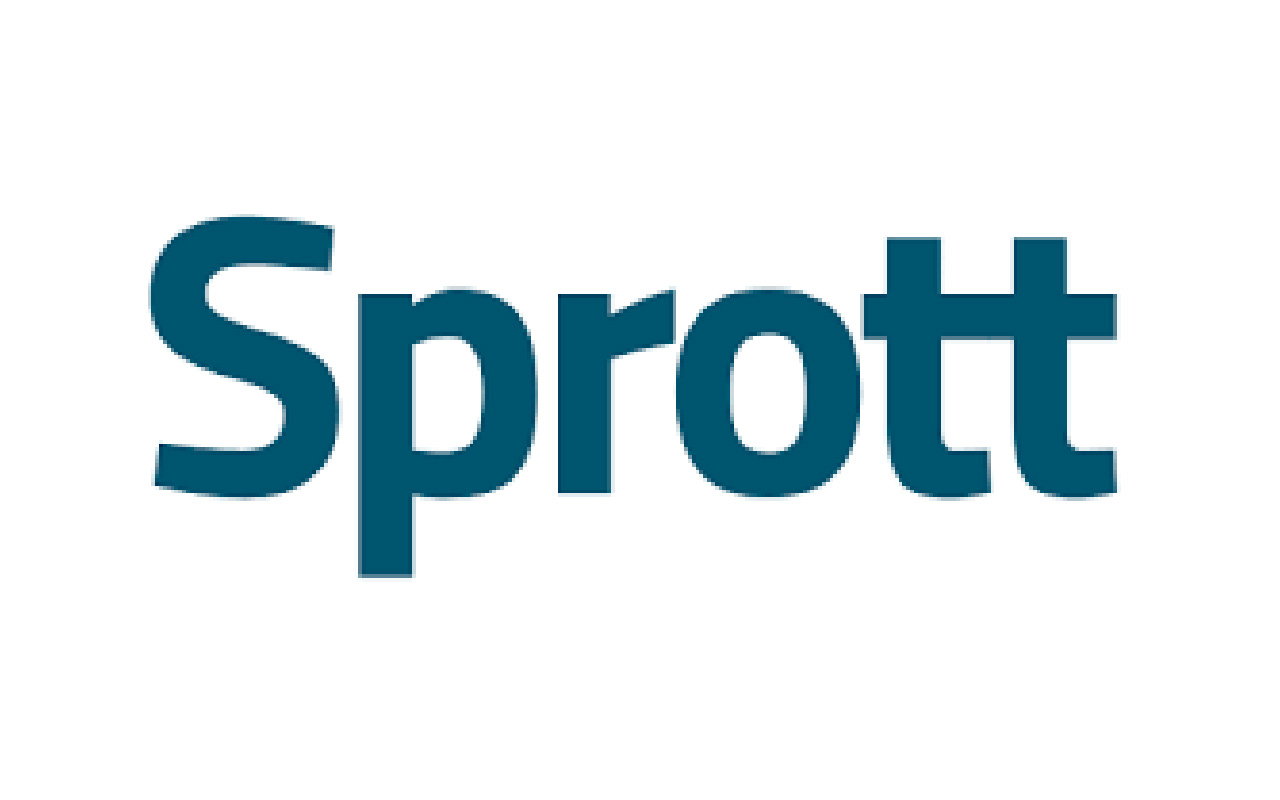
Sprott Uranium Miners ETF
- Assets under management: $1.3 billion
- Dividend yield: 0.0%
- Expenses: 0.75%
While you can't invest directly in Sprott's physical uranium ETF in the U.S., you can buy its mining ETF – the Sprott Uranium Miners ETF (URNM, $34.73).
URNM, for the record, was the North Shore Global Uranium Mining ETF until 2022, when Sprott acquired and reorganized the assets.
Sprott Uranium Miners ETF primarily focuses on companies involved in uranium mining, although it also will invest in companies that hold the physical element, own uranium royalties, or are otherwise involved in the uranium industry.
This is another concentrated, mostly international portfolio with just 36 holdings. It's mighty top-heavy too, though the exposure is spread around a little bit more at the very top than URA.
Namely, Cameco is near the top at 18.5%, but Kazatomprom makes up 15.5%, and the Sprott Physical Uranium Trust is another 11.5%.
The uranium ETF's top holdings also include Canada's NexGen Energy as well as Australian production firm Paladin Energy (PALAF).
Like URA, URNM has seen its assets explode, to more than $1 billion from roughly $48 million at the end of 2020.
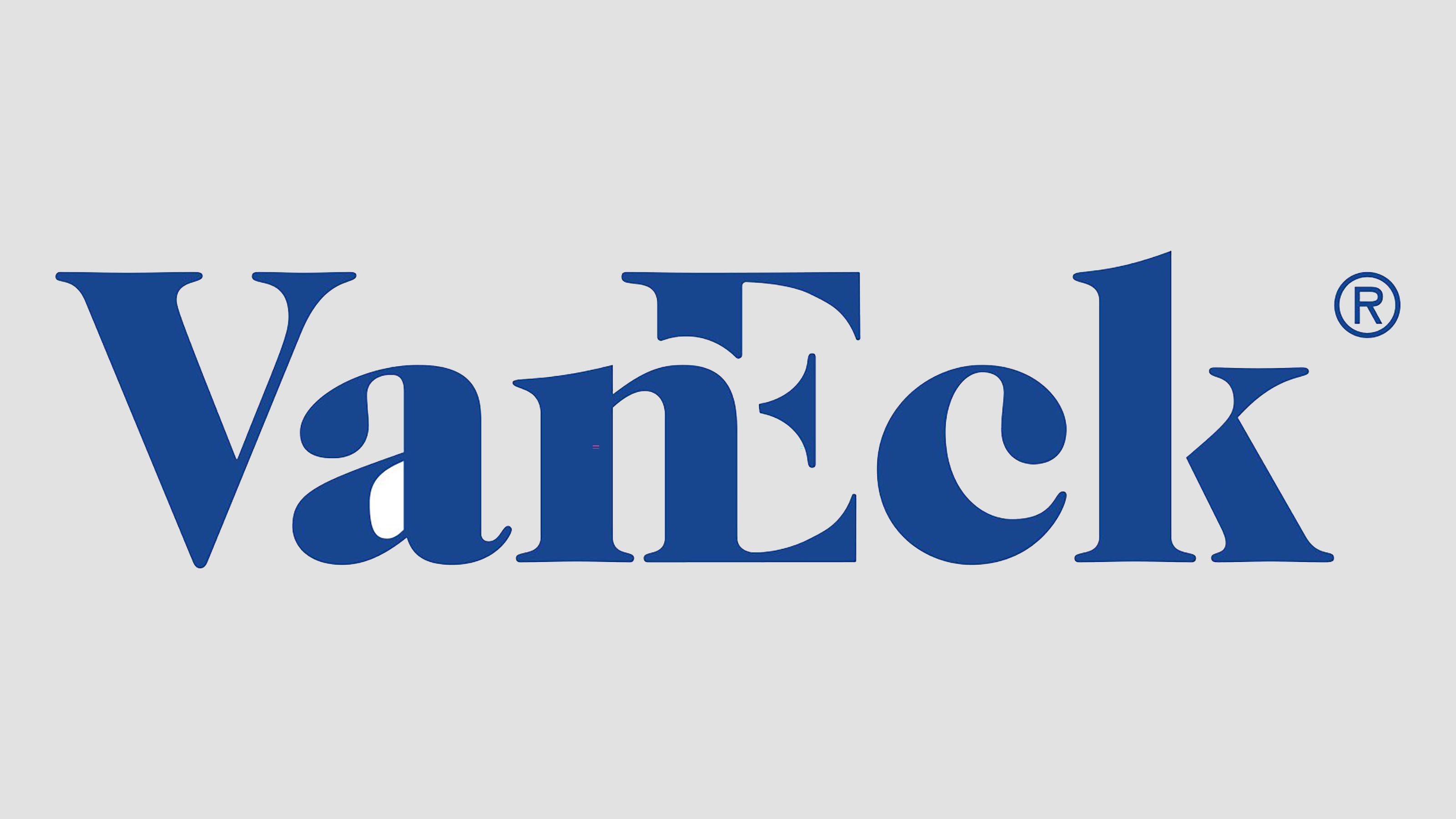
VanEck Uranium+Nuclear Energy ETF
- Assets under management: $1.1 billion
- Dividend yield: 0.8%
- Expenses: 0.61%
The VanEck Uranium+Nuclear Energy ETF (NLR, $79.34), like the other two uranium ETFs, has seen its AUM surge since the COVID bear market to above $1 billion. However, its trajectory is different from URA and URNM.
The VanEck Uranium+Nuclear Energy ETF is a lesson in the importance of "checking under the hood."
The name would seem to imply similar exposure to either URA or URNM. And so would its description (from VanEck):
VanEck Uranium+Nuclear Energy ETF (NLR) seeks to replicate as closely as possible, before fees and expenses, the price and yield performance of the MVIS Global Uranium & Nuclear Energy Index (MVNLRTR), which is intended to track the overall performance of companies involved in: (i) uranium mining or uranium mining projects that have the potential, in MV Index Solutions GmbH's (the "Index Provider") view, when such projects are developed are expected to generate at least 50% of a company's revenues or are expected to constitute at least 50% of such company's assets; (ii) the construction, engineering and maintenance of nuclear power facilities and nuclear reactors; (iii) the production of electricity from nuclear sources; or (iv) providing equipment, technology and/or services to the nuclear power industry.
In other words, the fund invests in miners, nuclear facilities builders, nuclear power companies and associated firms.
A closer look at the ETF's 25 holdings, however, shows that NLR isn't quite a pure-play on uranium as you might expect – or at least, not how you'd expect.
That is, a little more than 48% of the fund is invested in plain ol' utility stocks – companies such as Constellation Energy (CEG), Public Service Enterprise Group (PEG) and PG&E (PCG).
Those power producers do indeed have ties to uranium – all three utilities generate electricity from a collective 27 nuclear plants.
Their businesses simply aren't positioned to benefit from spikes in uranium prices the same way that uranium miners and several other related companies are.
They have enjoyed collective bounce due to rising power demand for the ongoing AI infrastructure buildout.
To wit: Over the past three years, NLR has mustered a 52% total return (price change plus dividends) amid uranium's rise. URA is up 4.2% in that same time frame, while URNM has declined by 11.7%.
Learn more about NLR at the VanEck provider site.
Related content
Get Kiplinger Today newsletter — free
Profit and prosper with the best of Kiplinger's advice on investing, taxes, retirement, personal finance and much more. Delivered daily. Enter your email in the box and click Sign Me Up.
Kyle Woodley is the Editor-in-Chief of WealthUp, a site dedicated to improving the personal finances and financial literacy of people of all ages. He also writes the weekly The Weekend Tea newsletter, which covers both news and analysis about spending, saving, investing, the economy and more.
Kyle was previously the Senior Investing Editor for Kiplinger.com, and the Managing Editor for InvestorPlace.com before that. His work has appeared in several outlets, including Yahoo! Finance, MSN Money, Barchart, The Globe & Mail and the Nasdaq. He also has appeared as a guest on Fox Business Network and Money Radio, among other shows and podcasts, and he has been quoted in several outlets, including MarketWatch, Vice and Univision. He is a proud graduate of The Ohio State University, where he earned a BA in journalism.
You can check out his thoughts on the markets (and more) at @KyleWoodley.
-
 5 Historic Philadelphia Homes for Sale Now
5 Historic Philadelphia Homes for Sale NowPhiladelphia is a goldmine of historic properties that rival the best in New York, London and Paris for charm and opulence. Here are five gems you can own.
By Charlotte Gorbold
-
 When to Sell Your Stock
When to Sell Your StockKnowing when to sell a stock is a major decision investors must make. While there's no one correct answer, we look at some best practices here.
By Charles Lewis Sizemore, CFA
-
 The Cheapest Places To Retire in the US
The Cheapest Places To Retire in the USWhen you're trying to balance a fixed income with an enjoyable retirement, cost of living is a crucial factor to consider.
By Stacy Rapacon
-
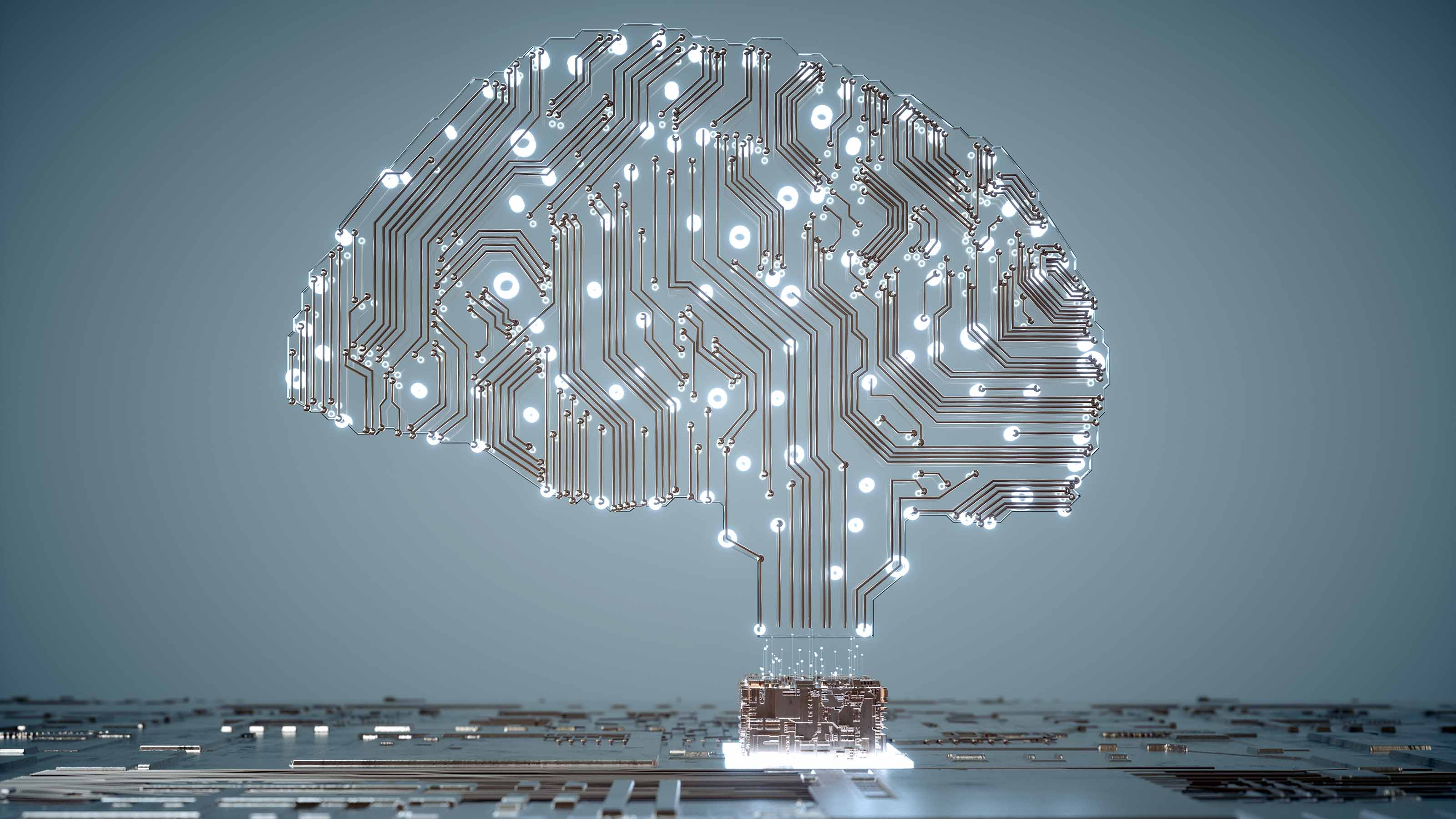 Can Stocks Picked by Artificial Intelligence Beat the Market? 3 Stocks to Watch
Can Stocks Picked by Artificial Intelligence Beat the Market? 3 Stocks to Watchstocks An artificial intelligence stock-picking platform identifying high-potential equities has been sharp in the past. Here are three of its top stocks to watch over the next few months.
By Dan Burrows
-
 5 Stocks to Sell or Avoid Now
5 Stocks to Sell or Avoid Nowstocks to sell In a difficult market like this, weak positions can get even weaker. Wall Street analysts believe these five stocks should be near the front of your sell list.
By Dan Burrows
-
 Best Stocks for Rising Interest Rates
Best Stocks for Rising Interest Ratesstocks The Federal Reserve has been aggressive in its rate hiking, and there's a chance it's not done yet. Here are eight of the best stocks for rising interest rates.
By Jeff Reeves
-
 The 5 Safest Vanguard Funds to Own in a Volatile Market
The 5 Safest Vanguard Funds to Own in a Volatile Marketrecession The safest Vanguard funds can help prepare investors for continued market tumult, but without high fees.
By Kyle Woodley
-
 The 5 Best Inflation-Proof Stocks
The 5 Best Inflation-Proof Stocksstocks Higher prices have been a major headache for investors, but these best inflation-proof stocks could help ease the impact.
By Louis Navellier
-
 5 of the Best Preferred Stock ETFs for High and Stable Dividends
5 of the Best Preferred Stock ETFs for High and Stable DividendsETFs The best preferred stock ETFs allow you to reduce your risk by investing in baskets of preferred stocks.
By Kyle Woodley
-
 What Happens When the Retirement Honeymoon Phase Is Over?
What Happens When the Retirement Honeymoon Phase Is Over?In the early days, all is fun and exciting, but after a while, it may seem to some like they’ve lost as much as they’ve gained. What then?
By T. Eric Reich, CIMA®, CFP®, CLU®, ChFC®
